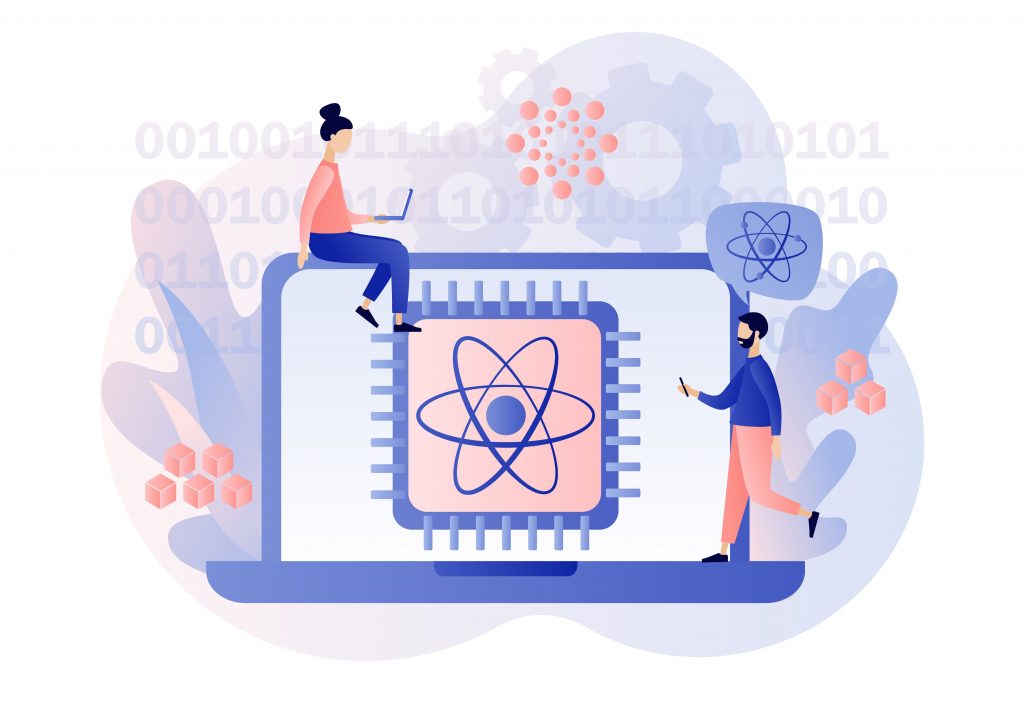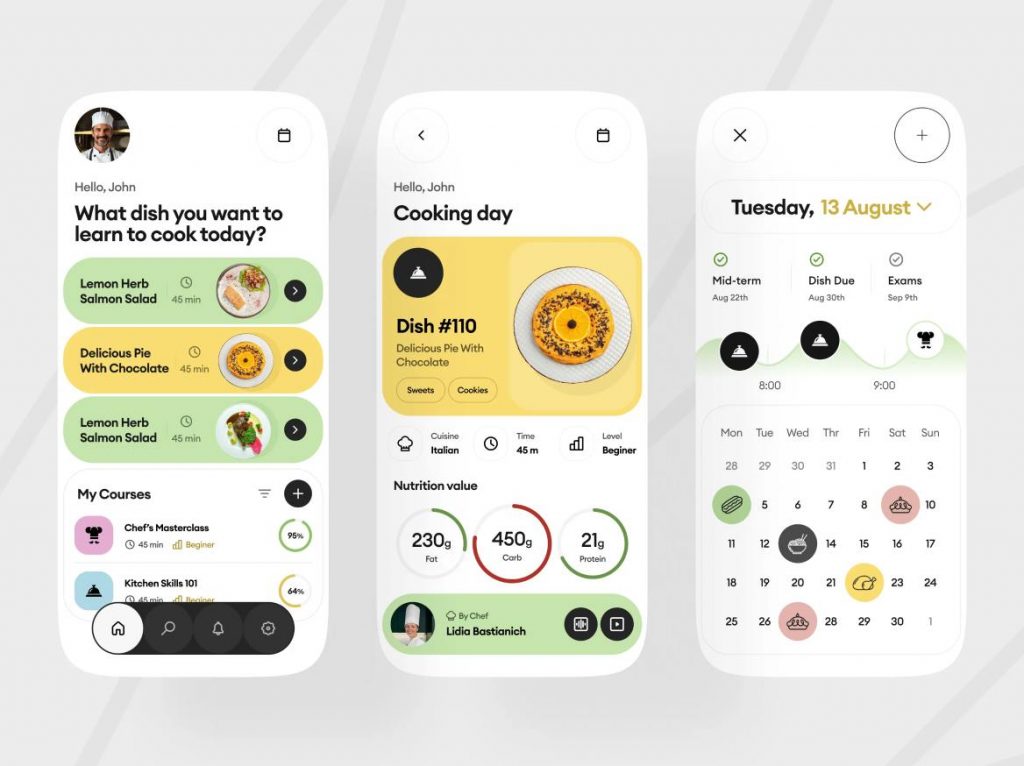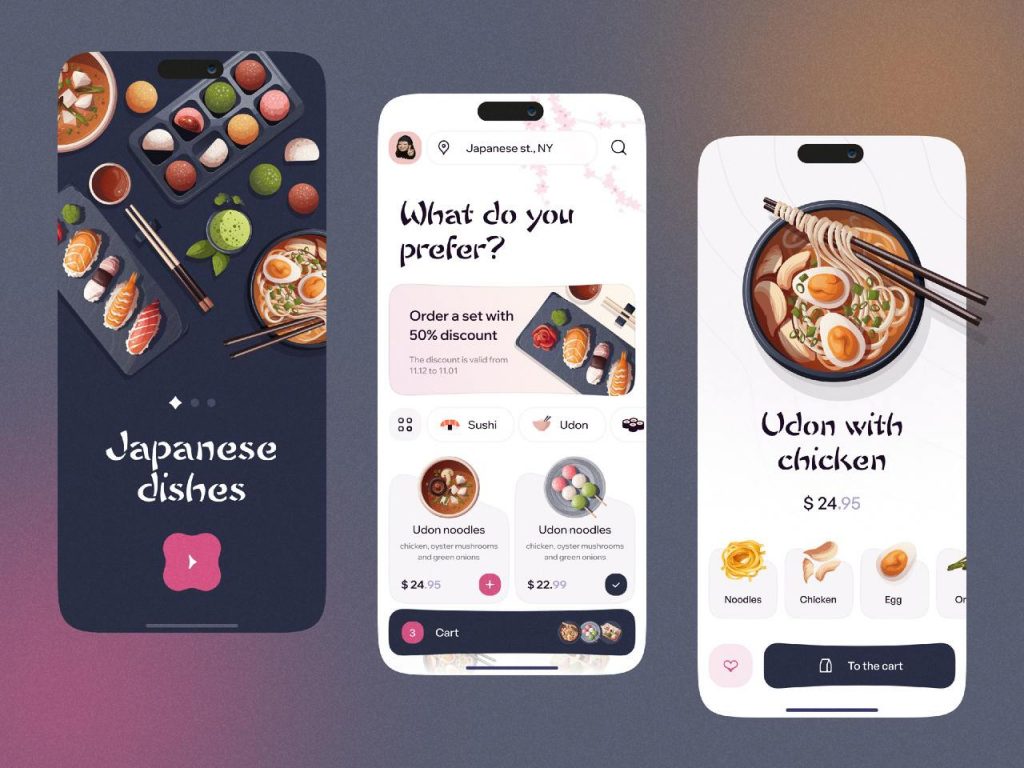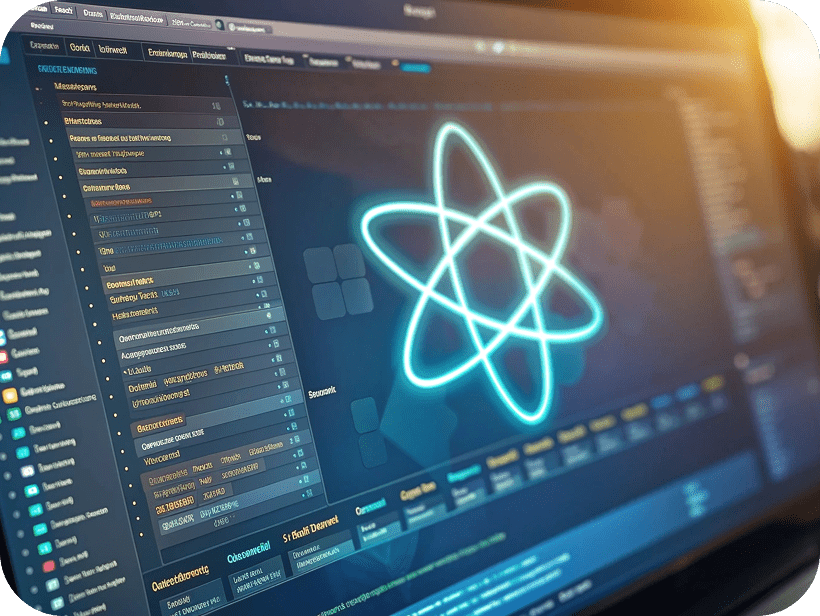Food delivery applications have gained immense popularity, especially following the recent rise in demand for convenient and quick dining options. With the online food delivery market expected to reach $1.6 trillion by 2027, businesses and tech startups face strategic decisions regarding app development approaches. This guide compares React Native and native app development for food delivery apps, highlighting their strengths and limitations to help you choose the optimal solution for your project.
React Native for Food Delivery App Development: Pros and Cons

React Native is widely recognized for cross-platform mobile app development, enabling developers to write code once for both iOS and Android.
Pros:
- Shared Codebase: Reduce costs and development time by using the same codebase across platforms.
- Close-to-Native Experience: Apps developed by skilled developers provide near-native performance, indistinguishable from native applications.
- Hot Reloading: Developers instantly see code changes, simplifying debugging and testing.
Cons:
- Potential Performance Issues: Complex animations or computations might not be as fluid as fully native apps.
- Limited Access to Native Features: Certain platform-specific functionalities may require additional effort to implement.
Native Development for Food Delivery Apps: Essential Considerations

Native development involves using specific technologies tailored for each operating system, offering deeper integration and higher performance.
Pros:
- Full Access to Native Features: Direct access to GPS, camera, sensors, and other hardware capabilities ensures superior user experience.
- Optimized App Store Visibility: Native apps benefit from enhanced optimization opportunities within app stores.
- Superior User Experience: Platform-specific UI designs deliver smoother, high-quality user experiences.
Cons:
- Higher Development Costs: Separate apps for iOS and Android require additional resources and budget.
- Platform-specific Expertise Needed: Different platforms necessitate specialized developers.
- Risk of Feature Inconsistency: Maintaining parity across platforms can become challenging.
Factors to Consider for Food Delivery App Development

When deciding between React Native and native development, consider the following:
- Performance Needs: Real-time GPS and high-performance requirements favor native development.
- User Experience: Strong user experience design can significantly influence customer retention and satisfaction.
- Budget and Timeline: React Native offers cost-effective solutions, ideal for startups and MVPs.
- Device Feature Integration: Apps heavily relying on specific device features should favor native development.
- Team Resources: Evaluate your existing team’s skills and decide accordingly.
Conclusion
Choosing between React Native and native development depends on your specific business goals, budget, timeline, and required app functionalities. Both approaches offer distinct benefits—React Native provides efficiency and cost savings, while native development excels in performance and customization.
Ready to start your food delivery app development journey? Contact us today for personalized guidance tailored to your project’s needs.
FAQ
Conduct thorough market research, define your target audience, and identify key features. Collaborate with experienced developers to create an MVP for user feedback before scaling up.
React Native is a cross-platform framework allowing single-code-based apps. In contrast, native development uses platform-specific languages like Swift for iOS and Kotlin for Android, providing superior integration and performance.
Look for developers experienced in food tech, evaluate their previous projects, and schedule interviews to assess their expertise and alignment with your goals.
